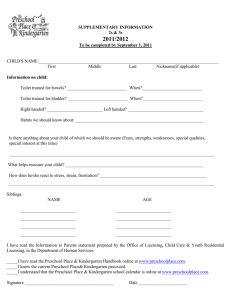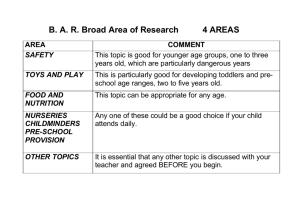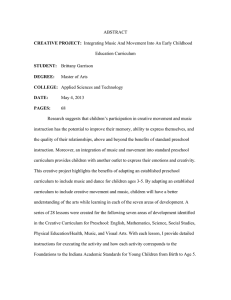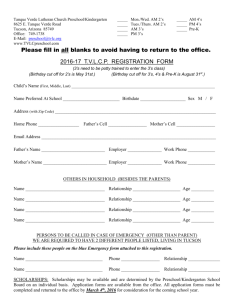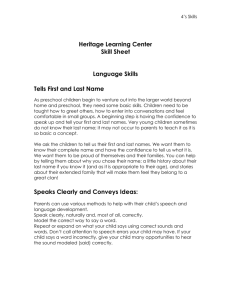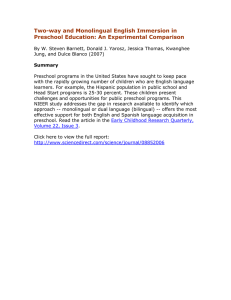Dr. Caroline Ramsey Musselwhite, 2002 Emergent Literacy Support for Older Students:
advertisement
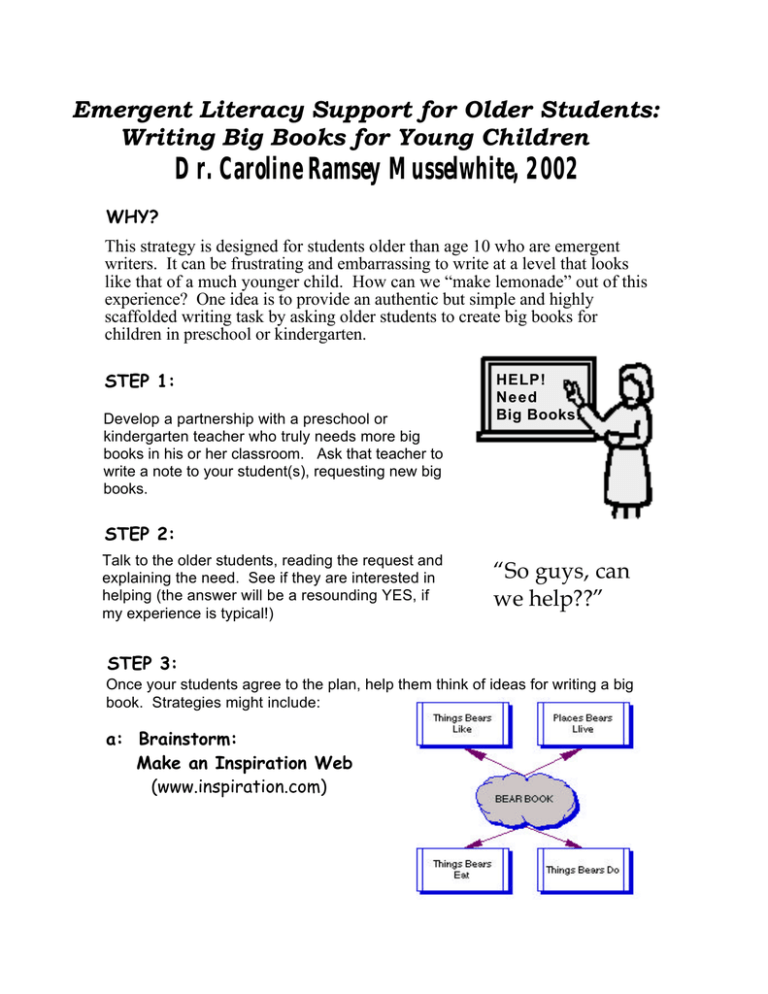
Emergent Literacy Support for Older Students: Writing Big Books for Young Children Dr. Caroline Ramsey Musselwhite, 2002 WHY? This strategy is designed for students older than age 10 who are emergent writers. It can be frustrating and embarrassing to write at a level that looks like that of a much younger child. How can we “make lemonade” out of this experience? One idea is to provide an authentic but simple and highly scaffolded writing task by asking older students to create big books for children in preschool or kindergarten. STEP 1: Develop a partnership with a preschool or kindergarten teacher who truly needs more big books in his or her classroom. Ask that teacher to write a note to your student(s), requesting new big books. HELP! Need Big Books! STEP 2: Talk to the older students, reading the request and explaining the need. See if they are interested in helping (the answer will be a resounding YES, if my experience is typical!) “So guys, can we help??” STEP 3: Once your students agree to the plan, help them think of ideas for writing a big book. Strategies might include: a: Brainstorm: Make an Inspiration Web (www.inspiration.com) b: Get Pattern Ideas Apples in my pie. Apples in my juice. Get pattern ideas from a planbook, such as: Making Big Books with Children (Evans, Morgan, & Moore, 1989 - buy at a teaching store or order on the internet: ISBN 1-55799-165-0). This book includes a score of patterns (turtle, frog, teddy bear, apple, etc.) plus numerous ideas for creating a range of big book types such as: flap books, wheel books, and window books. c: Adapt Books for Students with Disabilities See Emergent Literacy Success (Musselwhite & King-DeBaun, 1997, pp. 52-53) for ideas on adapting these various types of big books for students with disabilities. page fluffers! STEP 4: CREATE TEXT FOR THE BOOK Use scaffolding techniques, such as: a) Creating a sentence frame on a piece of “dumpster dive” plastic, with students writing in target words (e.g., My teddy bear likes to eat ______). b) Providing students with a word or symbol bank. c) Using technology supports such as: communication devices, keyboard alternatives (e.g., Discover, IntelliKeys), or personal keyboards (AlphaSmart, Dream Writer, etc.) STEP 5: WRITE INNOVATIONS Help students write innovations on their stories, so they don’t develop rote patterns of writing that will inhibit their future development of sentence fluency. In the house, there is a box. In the box, there is a cat ring photo . mouse STEP 6: USE THE MATERIALS IN MANY WAYS a: Support Reading Fluency Have students read the stories that they have created, in a “language experience” type of activity. To make this more authentic, they can go to the classroom to read the stories directly to the younger students. Remember that it is important (and authentic!) to practice this reading numerous times, in preparation for the “performance” in the preschool. b: Record the Bookreading If it is not feasible to go to the preschool classroom, videotape or audiotape the older students reading the books (again, practice will be necessary). c: Read via Communication Device Record text for a story into a communication device. Have students use the device to read to younger students. Consider: - the kindergarten has 24 students - the older student reads to 3 at a time - the older student gets 7 turns to read!! d: Give the Books Away! Give them away! Put a bow on each book and give it to the younger students for their classroom library “Then the monkey said, ‘Look out!’ “
